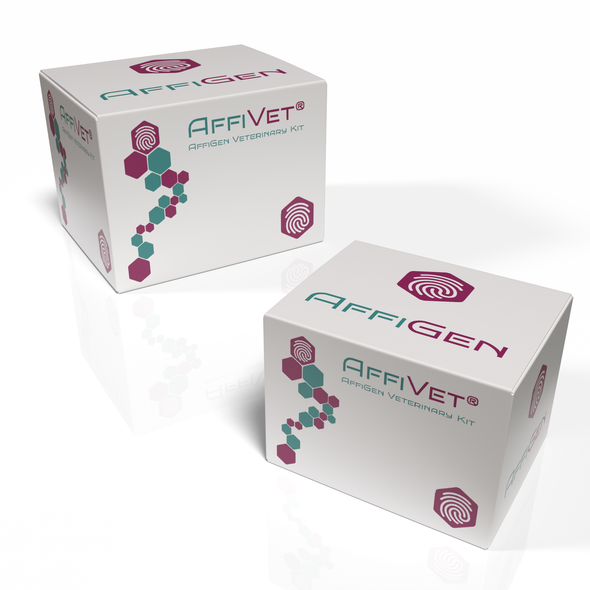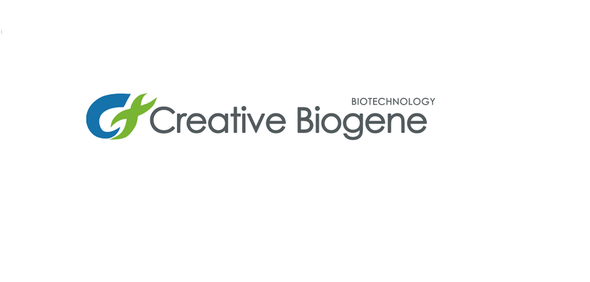Vibrio cholerae RT-PCR | B53-50FRT
- SKU:
- 441-B53-50FRT
- Availability:
- Delivery On Request
- Test Size:
- 50
- Storage & Shipping:
- on request
Description
Vibrio cholerae RT-PCR | B53-50FRT from Sacace Biotechnologies is available for delivery
Description:
General information: Real Time PCR test for detection of Vibrio cholerae strains iCtxA, tcpA or O139
Target Disease Type: Dangerous Infections
Specific Application: Vibrio cholerae
Storage and Shipping : on request
Vibrio cholerae RT-PCR B53-50FRT DataSheet
INTRODUCTION
Vibrio cholerae (also Kommabacillus) is a gram-negative comma-shaped bacterium with a polar flagellum that causes cholera in humans. V. cholerae and other species of the genus Vibrio belong to the gamma subdivision of the Proteobacteria. There are two major biotypes of V. cholerae identified by hemaggluttination testing, classical and El Tor, and numerous serogroups.
V.cholerae pathogenicity genes code for proteins directly or indirectly involved in the virulence of the bacteria. They are interesting targets to detect and to study V. cholerae infections. Because of their same transcriptional regulation and their implication in the same pathway, pathogenicity genes are generally organized in operons and/or gene clusters. In V. cholerae, most of virulence genes are located in two pathogenicity plasmids, which are organized as prophages:
- CTX (Cholera ToXins) plasmid;
- and TCP (Toxin-Coregulated Pilus) plasmid, also named VPI (V. cholerae Pathogenicity Island).
Virulent and epidemic strains of V. cholerae require these two genetic elements to cause infections. Cholera is an infection of the small intestine that is caused by the bacterium Vibrio cholerae. The primary symptoms of cholera are profuse painless diarrhea and vomiting of clear fluid.
These symptoms usually start suddenly, one to five days after ingestion of the bacteria. The diarrhea is frequently described as "rice water" in nature and may have a fishy odor. An untreated person with cholera may produce 10-20 liters of diarrhea a day with fatal results. Cholera is caused by eating contaminated food. Transmission is primarily due to the fecal contamination of food and water due to poor sanitation. This bacterium can, however, live naturally in any environment. Antibiotic treatments for one to three days shorten the course of the disease and reduce the severity of the symptoms.
INTENDED USE
Kit Vibrio cholerae Real-TM PCR kit is an in vitro nucleic acid amplification test for qualitative detection and identification of Vibrio cholerae DNA in biological material and environmental compartments by using real-time hybridization-fluorescence detection.
PRINCIPLE OF ASSAY
The detection of Vibrio cholerae DNA (Hly sequence is present) and identification of pathogen Vibrio cholerae strains (main virulence factors – CtxA, tcpA – are present), belonging to serogroups O1 (target wbeT present) or O139 (target wbf present) by the polymerase chain reaction (PCR) is based on the amplification of pathogen genome specific region using special Vibrio cholerae strains primers. In real-time PCR, the amplified product is detected using fluorescent dyes. These dyes are usually linked to oligonucleotide probes which bind specifically to the amplified product during thermocycling. The monitoring of the fluorescence intensities during the real-time PCR allows the detection of accumulating product without re-opening the reaction tubes after the PCR run.
Vibrio cholerae Real-TM PCR kit is a qualitative test, which contain the Internal Control (IC). It must be used in the isolation procedure in order to control the isolation process of each individual sample and to identify possible reaction inhibition.
PCR analysis is carried out in multiplex format in two tubes:
- “Screen” – the amplification of CtxA target (FAM/Green), tcpA target (ROX/Orange) and IC target (JOE/Yellow/HEX),
- “Type” - the amplification of Hly target (JOE/Yellow/HEX) - cholera germs of all groups, wbeT (FAM/Green) - belonging to serogroup O1, wbf (ROX/Orange) - belonging to serogroup O139.
It is necessary to carry out both “Screen” and “Type” reactions for results interpretation.






